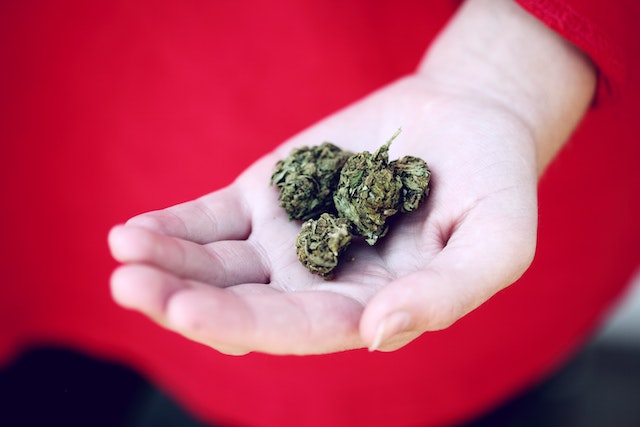It is only in the last few years that the evolution of the cannabis industry has really begun to gain momentum. While the decision to legalize medical marijuana has been spreading across the United States for more than two decades, the drug’s proliferation within the medical and health and wellness industries remains a relatively recent – though highly encouraging – phenomenon.
The industry itself has undergone a remarkable change. As a product, cannabis is unlike any other; education, research, and overcoming personal and societal stigmas all needed to occur concurrently in order to invoke the widespread change we have seen in recent years.
One need only look at a map of where Cannabis is legal in the US to see quite how widespread uptake now is – both in terms of medical marijuana, and marijuana for recreational use – and how rapidly the old bias of ‘weed’ and ‘weed users’ is being replaced by a more balanced approach to our own health and wellbeing.
So, as we move further into the new decade – one that will, no doubt, be defined by an ever-increasing emphasis on all matters that pertain to our sense of health – here are three ways that medical marijuana is affecting the United States.
Commitment from Academic Authorities Grows
By now, many of us can reel off a list as long as our arms of the potential benefits and uses of marijuana. Even those who have not used it for themselves can, in all likelihood, recount a fair few.
The only trouble is that, across the board, these potential applications remain just that: potential.
The sole reason behind this is, of course, that the anecdotal, qualitative data continues to outweigh the factual, quantitative data only scientific and medical research can provide. For as long as marijuana remained largely buried beneath the societal stigma, the body of valuable, peer-reviewed research surrounding it remained relatively thin.
Now, the speed with which marijuana has grown from marginalized to esteemed medical treatment means that science and medicine are playing catch-up, with many embracing the pursuit for understanding with more fervency than ever before.
As such, we can feel confident that the coming years will bring further clarification, insight, and hope for millions across the globe.
Help is Made Available Where it is Most Needed
Whether or not we remain in the realm of ‘potentials’ and ‘possibilities’ holds no bearing on whether or not individuals suffering from an incredibly broad spectrum of physical and mental illnesses and maladies find real benefit in the drug.
Medical marijuana has been adopted widely by those suffering from conditions that continue to mystify – from cancer to intractable pain conditions like fibromyalgia – and, it seems, for many, it offers relief.
The story is the same for an incredibly wide range of other conditions, from depression and anxiety to epilepsy and Alzheimer’s. While we cannot say that everyone suffering from any of these conditions has found the same level of relief as another – or, really, any at all – we do know that there are many out there for whom medical marijuana represents (subjectively speaking) a lifeline or, in the very least, a reliever.
One day, some of these claims might be verified by science and medicine – some may be left waiting for many more years. The point remains extraneous, however, when individuals are able to find relief regardless of supportive data.
A Long- and Widely-Held Stigma Withdraws
We have, of course, touched on this already within this article – but it remains one of the most beneficial aspects of Marijuana’s revolution across America and, indeed, one of the strongest driving factors behind that revolution.
As of late 2020, the United States saw record numbers of support for legalizing marijuana – both medical, and recreational. This can only suggest that the work being done on all sides in recent years is paying off significantly – and that, as more people try it for themselves, or hear anecdotes from family and friends, their longstanding views and responses to the topics of marijuana usage continue to detach themselves from what has, for many decades, been guided by a more absolute definition of ‘drugs’.
As we move further into the 2020s, there is much to look forward to within the academic and social worlds of medical – and, for that matter, recreational – marijuana. From a growing ability to apply scientific fact to subjective experience, to an increasingly accepting society freed from past definitions guided by misguided laws – not to mention the significant boon to local economies – we can anticipate plenty more change and development in the coming years.







Recent Comments